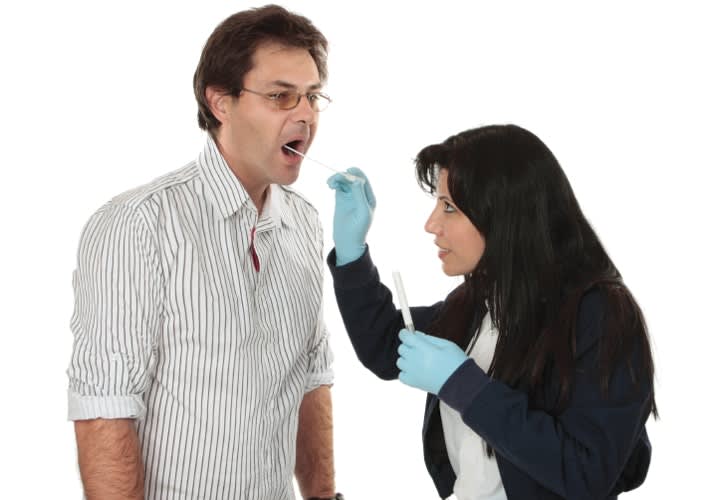The court began its discussion of the Fourth Amendment issue by saying, "The advent of DNA technology is one of the most significant scientific advancements of our era. It has the potential to significantly improve the criminal justice system and police investigative practices." Given the court's view of the importance of DNA evidence to help ensure conviction of the guilty and exoneration of the wrongly accused, a ruling upholding routine collection of arrestee samples was almost a foregone conclusion.
It was undisputed, said the court, that taking a buccal swab is a Fourth Amendment search. The question then becomes whether such a search is reasonable, without a warrant or some recognized exception. Answering this question requires balancing "the promotion of legitimate governmental interests against the degree to which the search intrudes upon an individual's privacy."
The governmental interests served by DNA collection are much the same as those involved in fingerprinting and photographing arrestees at booking—namely, identifying the person who is in custody, including his criminal history; ensuring the safety of officers and other detainees; making sure the suspect appears at trial; setting appropriate bail; and freeing others who might have been wrongly arrested for the same crime. In the court's words, "In this respect, the only difference between DNA analysis and the accepted use of fingerprint databases is the unparalleled accuracy DNA provides."
As for the intrusion into the arrestee's mouth to take the swab, the court noted that this is a quick, painless procedure that in many cases can be completed more quickly than taking fingerprints. Said the court, "This additional intrusion upon the arrestee's privacy beyond that associated with fingerprinting is not significant."
The balance, therefore, weighs in favor of allowing the swabs to occur.













